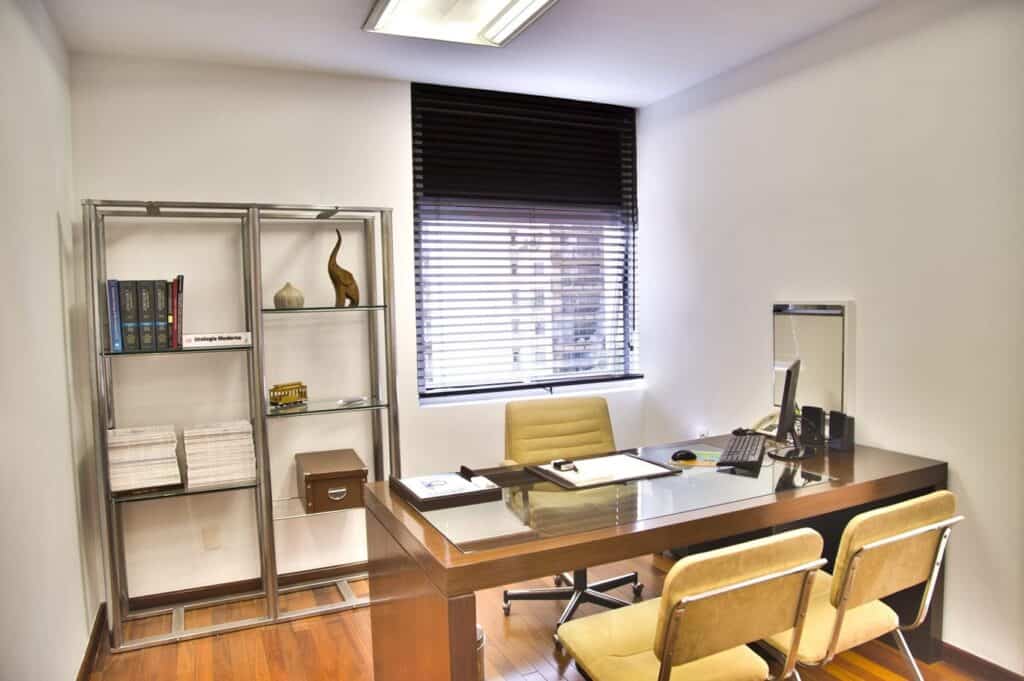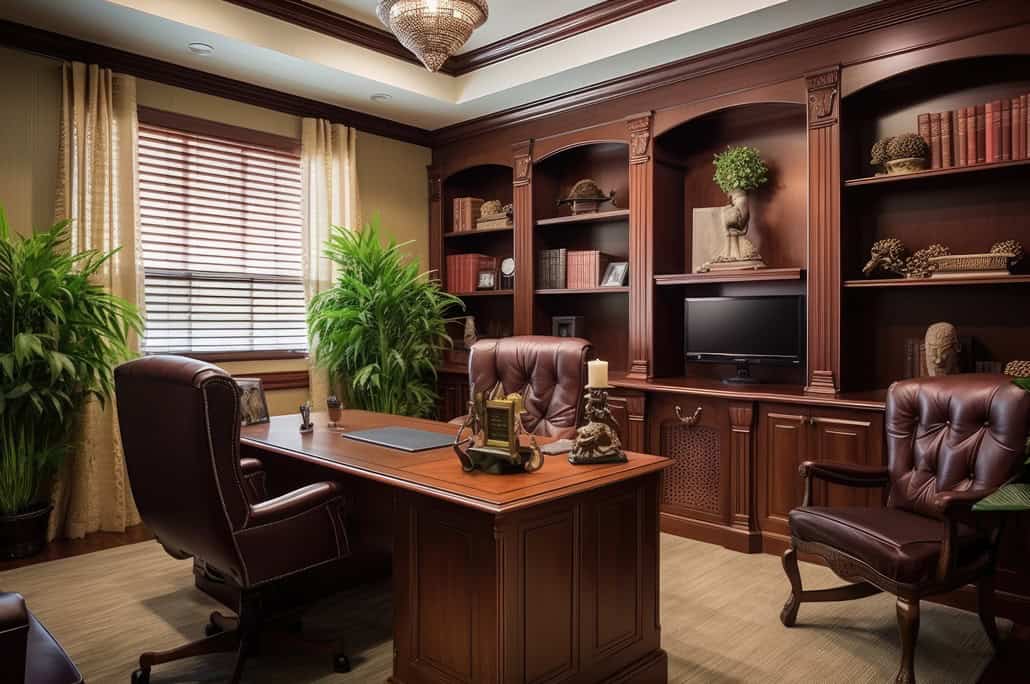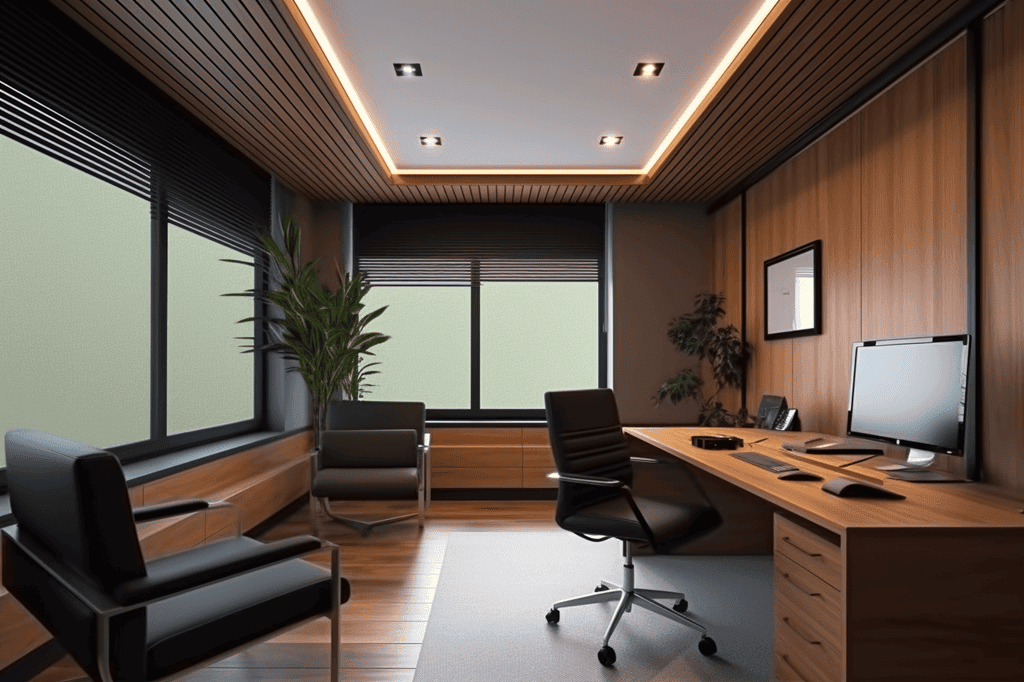Office spaces have undergone a significant evolution over the years, transforming from traditional and rigid layouts to dynamic and adaptable environments. The image of a Cabin separated by high partitions is gradually fading, making way for more flexible designs. The evolution is driven by a recognition that the workspace influences employee productivity.
Embracing Change: Rethinking Traditional Cabin
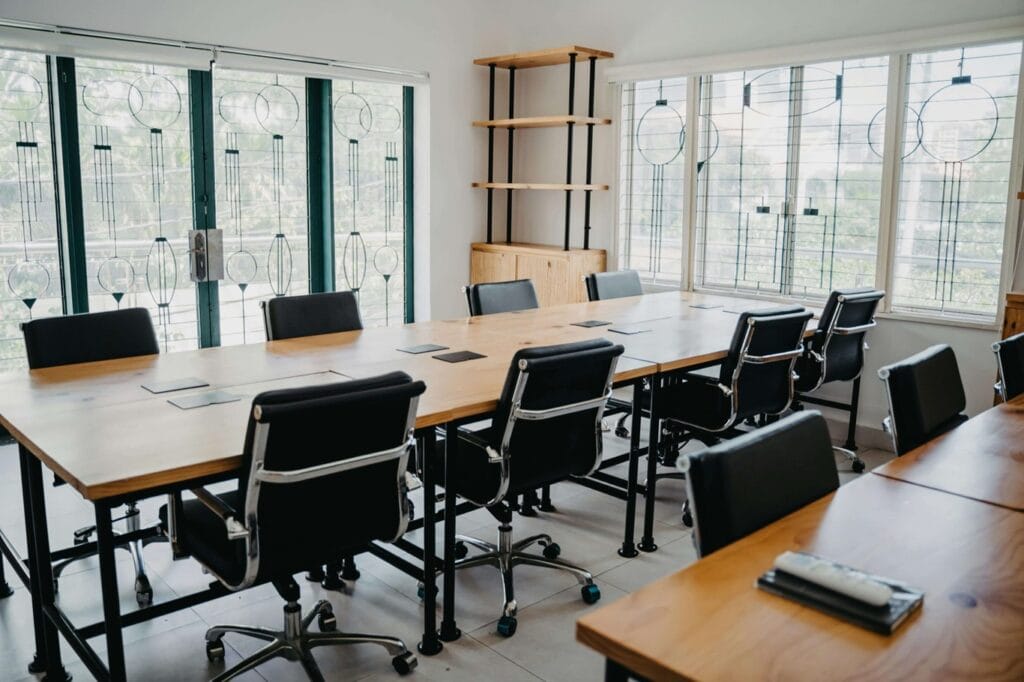
In response to the changing dynamics of work and a desire for more innovative, employee-friendly environments, businesses are reimagining the concept of traditional Cabin. Instead of confining employees to isolated spaces, there is a shift towards embracing change and adopting open, collaborative layouts. This transition acknowledges the importance of fostering teamwork, communication, and a sense of community among employees.
The traditional cubicle, with its high walls and limited interaction, is being replaced by designs that promote flexibility, creativity, and a more open flow of ideas. Embracing change in office design means recognizing that the way we work is evolving, and our physical spaces should evolve with it. This introduction sets the stage for exploring how modern office design goes beyond the limitations of traditional Cabin to create workspaces that inspire, engage, and adapt to the needs of today’s workforce.
Different types of Cabin that cater to various work styles and preferences
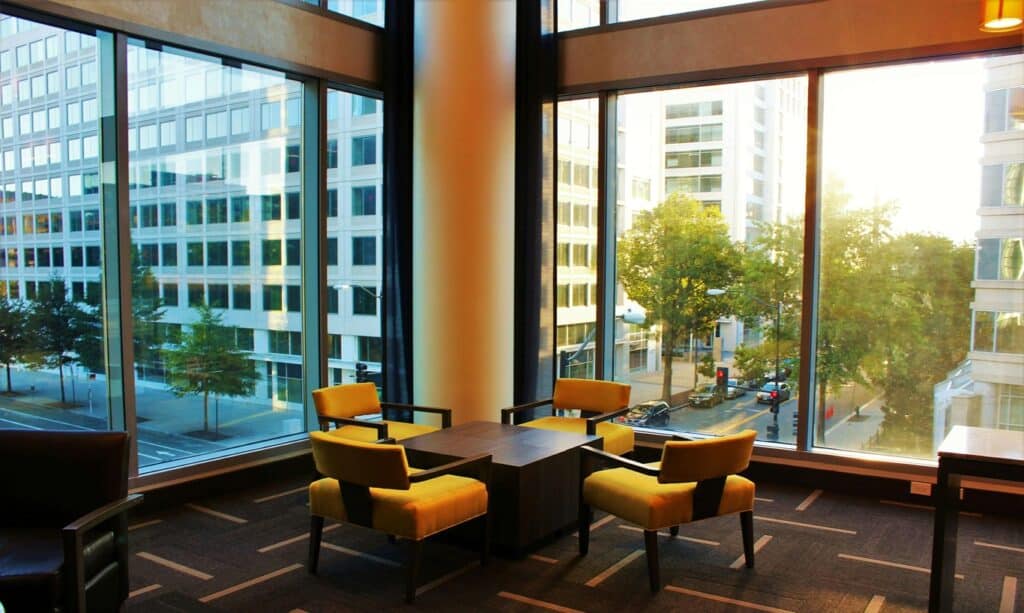
Here are some unique and creative office cubicle design ideas to infuse personality and inspiration into the workspace:
Zen Garden Cabin:
Design Concept: Inspired by the tranquility of Zen gardens, these office cabin design feature calming elements such as sand, rocks, and miniature plants. The design promotes a sense of serenity, encouraging employees to find focus and relaxation amidst the subtle natural elements.
Hobbit Hole Cabin:
Design Concept: Embracing the charm of hobbit holes, these office cabin design have curved entrances, earthy tones, and cozy interiors. This whimsical design adds a touch of fantasy to the workplace, creating a unique and inviting atmosphere.
Treehouse Cabin:
Design Concept: Elevated like treehouses, these office cabin design use wooden structures, leafy decor, and playful designs. This concept brings a sense of adventure and creativity to the workspace, as if employees are working among the treetops.
Aquarium Cabin:
Design Concept: Transparent cubicle walls filled with water create a mesmerizing aquarium effect. This not only serves as a visually stunning focal point but also introduces a calming ambiance, making the workplace feel like an underwater oasis.
Skyline View Cabin:
Design Concept: Featuring panoramic wall decals depicting city skylines or scenic landscapes, these office cabin design give the illusion of working in a high-rise building with breathtaking views. The design adds an element of sophistication and urban flair to the workspace.
Nesting Bird Cabin:
Design Concept: Resembling bird nests, these office cabin design use natural materials like twigs and branches. This nature-inspired design creates a cosy and inviting workspace, fostering a connection with the outdoors.
Magnetic Wall Cabin:
Design Concept: office cabin design with walls made of magnetic material, allowing employees to easily rearrange and personalise their workspace using magnetic accessories, whiteboards, and interactive elements. This design encourages creativity in the workplace.
Steampunk Cabin:
Design Concept: Inspired by the steampunk aesthetic, these office cabin design feature industrial materials, copper accents, and vintage machinery-inspired decor. This design adds a retro-futuristic and eclectic vibe to the workspace.
Podcast Studio Cabin:
Design Concept: Equipped with soundproofing materials, high-quality microphones, and recording equipment, these office cabin design serve as podcast studios or spaces for virtual meetings. Ideal for employees who require a quiet and professional recording environment.
Floating Garden Cabin:
Design Concept: Suspended office cabin design surrounded by hanging gardens create a visually stunning and green workspace. This design brings nature indoors in a unique and captivating way, providing employees with a refreshing and inspiring environment.
Retro Arcade Cabin:
Design Concept: Inspired by retro arcades, these Cabin feature vibrant colors, neon lights, and arcade game-themed decor. This playful design adds a sense of nostalgia and energy to the workplace, creating a fun and dynamic atmosphere.
Hidden Passage Cabin:
Design Concept: Cabin with concealed entrances and secret passages, adding an element of surprise and intrigue. This design fosters a sense of adventure and mystery, turning the workspace into an engaging and unconventional environment.
Each of these unique cubicle concepts aims to create a workspace that goes beyond the ordinary, providing employees with an inspiring and personalized environment that aligns with their work preferences and the company’s culture.
Also Read:- Some Modern Luxury CEO Office Design Ideas
Differences between traditional Cabin Design and modern office Cabin Design
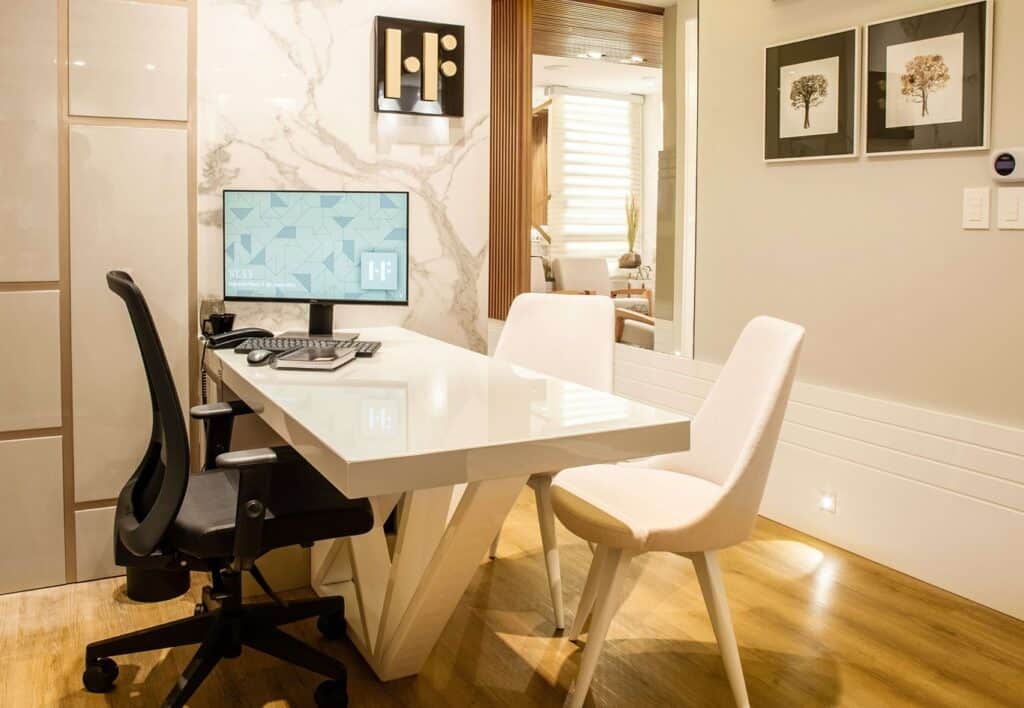
The differences between traditional and luxury modern office design are reflective of the evolving needs and trends in the workplace. Here are some key distinctions:
Closed and High Partitions:
- Traditional: Typically featured high walls and closed-off partitions, creating a more enclosed and segmented workspace.
- Modern: Emphasizes open concepts with lower partitions or even benching systems, promoting a more collaborative and transparent environment.
Individual Work Focus:
- Traditional: Designed primarily for individual work, with a focus on providing a private space for employees to concentrate on tasks.
- Modern: Encourages collaboration and interaction among team members, fostering a more dynamic and team-oriented atmosphere.
Fixed and Standardized Layouts:
- Traditional: Often had fixed and standardized layouts, with little flexibility for personalization or adaptation to changing work styles.
- Modern: Adaptable layouts that can be easily reconfigured to accommodate different tasks, team sizes, and collaborative needs.
Limited Technology Integration:
- Traditional: Typically lacked integrated technology, with a focus on basic desk setups for individual work.
- Modern: Embraces technology integration with features like built-in power outlets, USB ports, and connectivity solutions to support the diverse needs of the digital workplace.
Neutral Aesthetics:
- Traditional: Often featured neutral and uniform aesthetics, with a focus on practicality rather than design aesthetics.
- Modern: Prioritizes aesthetics and may usea variety of materials, colors, and design elements to create a more visually appealing and inspiring workspace.
Cubicle Walls as Barriers:
- Traditional: Cubicle walls were often seen as physical barriers, limiting visibility and hindering communication.
- Modern: Aims to break down barriers by using lower partitions or open designs that encourage communication and collaboration among team members.
Flexible and Agile Spaces:
- Traditional: Fixed and rigid in design, with little flexibility to adapt to changing work dynamics.
- Modern: Embraces flexibility and agility, with modular furniture and layouts that can be easily adjusted to accommodate different work styles and activities.
Focus on Collaboration:
- Traditional: Primarily focused on individual work, with limited consideration for collaborative activities.
- Modern: Prioritizes collaboration with open layouts, communal spaces, and collaborative zones designed to facilitate teamwork and communication.
Wellness and Employee Experience:
- Traditional: Limited focus on employee well-being and comfort, with a more utilitarian approach to design.
- Modern: use elements of wellness design, such as ergonomic furniture, natural lighting, and spaces that support employee health and satisfaction.
Integration of Technology:
- Traditional: Limited technology integration, with a focus on basic office equipment.
- Modern: use advanced technology solutions, such as smart furniture, integrated connectivity, and collaborative tools to enhance productivity and efficiency.
Customization and Personalization:
- Traditional: Uniform and standardized designs with little room for personalization.
- Modern: Encourages personalization and customization, allowing employees to create a workspace that reflects their preferences and work style.
Open Communication Channels:
- Traditional: Cubicle walls often hindered visual and verbal communication between colleagues.
- Modern: Emphasizes open communication channels, with designs that facilitate easy interaction and idea exchange among team members.
The shift from traditional to modern office cabin design reflects a broader trend in workplace design, placing greater importance on collaboration, flexibility, employee well-being, and the integration of technology to meet the evolving needs of the workforce.
You Can Create Boss Office Cabin Design With OfficeBanao
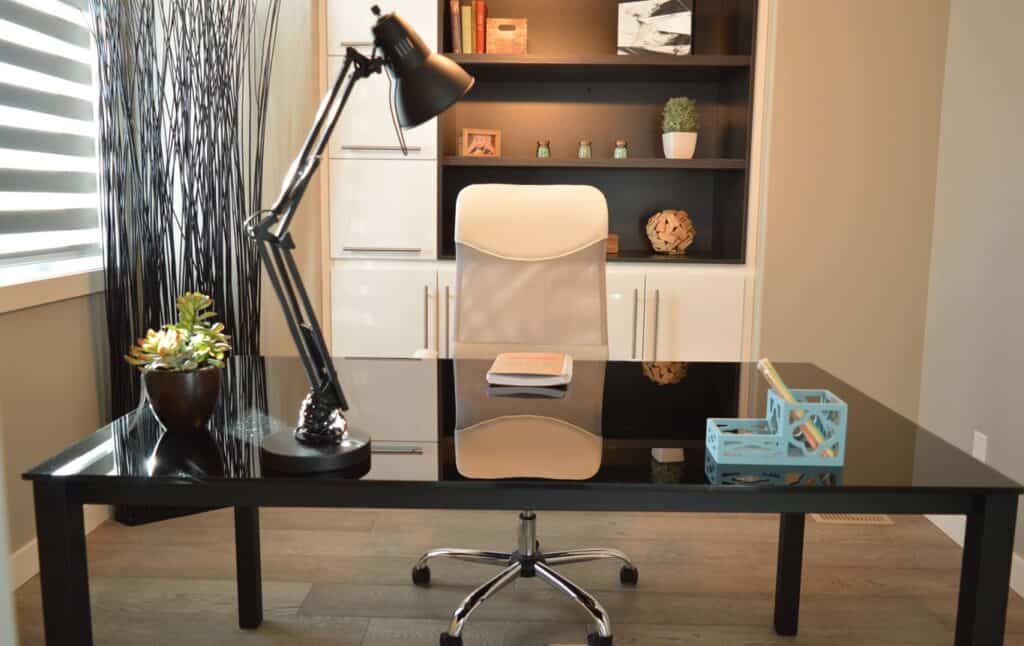
If you want to transform your office into a creative office wall Design, you can rely on Officebanao’s office interior design services. They are the best Corporate office design Company. We have developed our own technology and gained extensive experience in creating contemporary office paint colours images. Our focus is on providing tailor-made solutions for office interior design India that match your brand identity and business goals.

